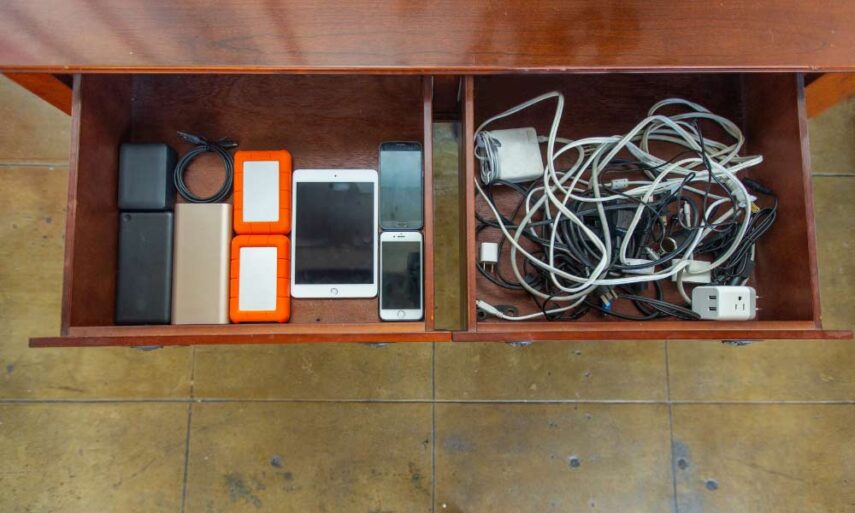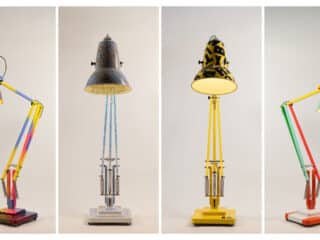News
The age of enoughness

A Canada Goose jacket for a nursery run. A Range Rover Vogue for the food shop. A nanotech wrist-worn ECG monitor to tell the time. A smartphone with more processing power than a NASA shuttle.
The £160 Gore-Tex quickLACE™ Mud Contagrip® EnergyCell™+ (seriously) hiking trainers that celebrity influencers have declared essential daywear.
“Smart” capability has besieged our fridges and radiators, adding hundreds or thousands to the price tag.
As technology’s “uses” become more banal than ever thought possible, simple tools and utensils that “don’t do anything else” start to feel old fashioned.
There’s a phrase for all this: “performative utility”.
In other words, our daily products have become overpowered. 🌋
When the product becomes the task
I may be something of an angry dad stereotype, in that I just want things to work.
I don’t want to be caught out on a 3-hour train journey when my bluetooth headphones die or fail to connect. We never had these problems in the ‘90s. What was wrong with wires?! They got tangled sometimes but it was better than sitting in miserable silence.
I don’t want an instruction manual for my toothbrush. And I definitely don’t want to pay £800 for it.
And paying for 5 different streaming services and still getting shown ads is pushing me to the brink of a brand new DVD collection.
Everything we’re being sold has 100x more capability than we actually need.
Is the era of “enough” gone forever?
Doing one thing well
Fairphone. Community lawnmowers. The Patagonia fleece that lasts 20 years.
“Deownership” is a nice way around this – from cars to pasta machines, creating an economy where everyone can share, and no one can splash out on silly preferences.
If we must continually march technology onwards, perhaps we could combine two useful functions – instead of adding surplus ones.
The Teasmade was a belter of an invention. It took a water heating element and an analog clock and gave us the peak of humanity. Fresh, hot tea before your feet hit the floor. It was as far as robotics ever needed to go.
What about the humble bidet? Take the seat of a toilet and the tap of the sink. A revolution.
I’ll also accept watches that become step trackers and heart rate monitors. Those things save lives. And I’ll take a £400 Garmin Forerunner that gives me relaxation reminders over a £14k Panerai that’s submersible to 500 meters. For the simple reason I’m not a deep sea diver.
If you’ve had an eyewatering garage bill “because of the electrics”, you’ll be on the side of modularity. Parts you can see, order, and swap out.
An Anglepoise (for a convenient example) has 14 main parts. It’s made of springs and joints and bolts. Anyone can purchase and replace them at a low cost. Unlike anything listed in the opening paragraph of this article.
You get this when things are handmade, not factory-robot-made. So looking for ‘handmade’ in product descriptions is usually a good start.
The most useful thing in your life (that’s not your phone)
You can’t say laptop either. Hard to think, isn’t it?
For me it’s perhaps a mug, for coffee. Shoes come in pretty handy. You might say a pen knife or a newspaper.
If you work with your hands or in the garden, you’ll probably say your tools – now that’s a good one. A real thing with familiar weight, made of wood and steel. That’s a proper handheld device.
The problem is, if everything’s in one place, so are we.
Most of our daily tasks are on our phones, so that’s where we live. If we can buy everything on Amazon, we’ve lost the butchers and the bakers and all the beautiful, natural, communal benefits that come with them.
I know there’s pressure to keep up with the Joneses.
But maybe restraint is an even better “flex”.




